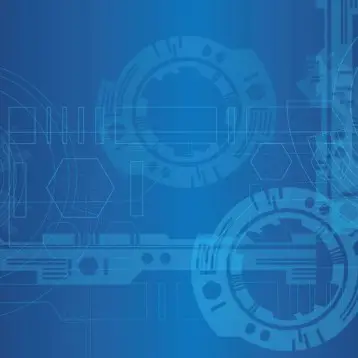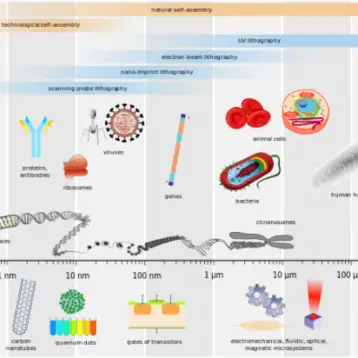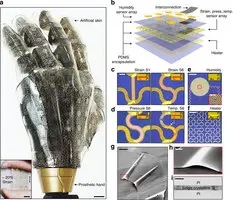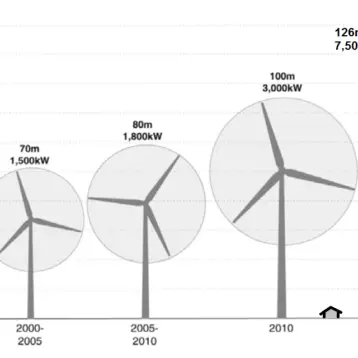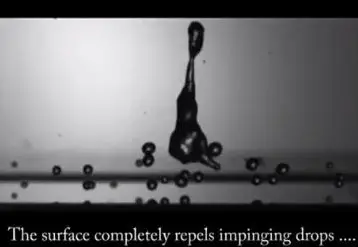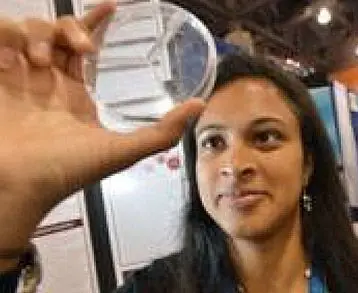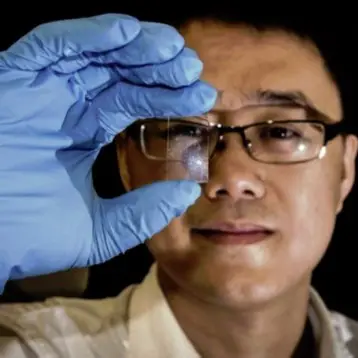|
The ink is placed using a cylindrical nozzle attached to a positioning stage controlled by computer aided design (CAD) software. This is the first system that supports three dimensional placement and does not require repeated placement of extremely thin layers of material by ink jet printers or using silk screening techniques. This omnidirectional printing method minimizes contract pressure on the resulting components, greatly increasing the complexity possible and limiting breakage and other manufacturing problems.
Professor Jennifer Lewis and her colleagues at the UIUC Materials Science Laboratory have tested the new technique by printing strands attached to a fully stretched spring then monitoring the strands as the spring moves. The strands retained their full conductivity even after repeated cycles of motion. The researchers have also tested the versatility of the ink, creating both two dimensional and three dimensional microelectrodes, spanning interconnects for solar cells and LED arrays, and bonds to a variety of fragile three dimensional devices.
The ink currently requires temperatures of 200 – 250 degrees Celsius to properly set into conducting strands. Some of the plastics and polymers frequently used in microcircuitry melt at that temperature; Lewis and her group are looking for ways to lower the required temperature range to 100 – 150 degrees. They also must decrease the time required for printing – currently about one millimeter per second – by a factor of two or three before the process can be viable for large scale manufacturing efforts.
|
TFOT has previously reported on other developments in the area of flexible microelectronics including a way to use two colors of light in circuitry to reduce its size, flexible nanoantennae that collect solar energy, flexible memory chips produced from inexpensive and readily available materials, stretchy silicon chips that can be stretched to up to 50 times their original size, and a method of printing flexible carbon nanotube batteries also using inexpensive materials.
Read more about Professor Lewis and her research at the Lewis Group website.



